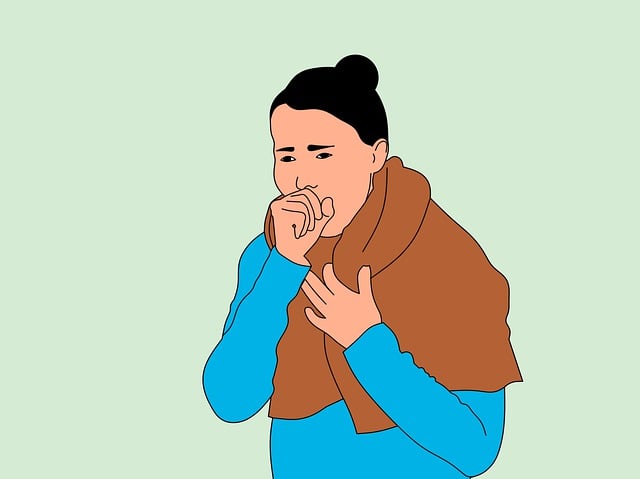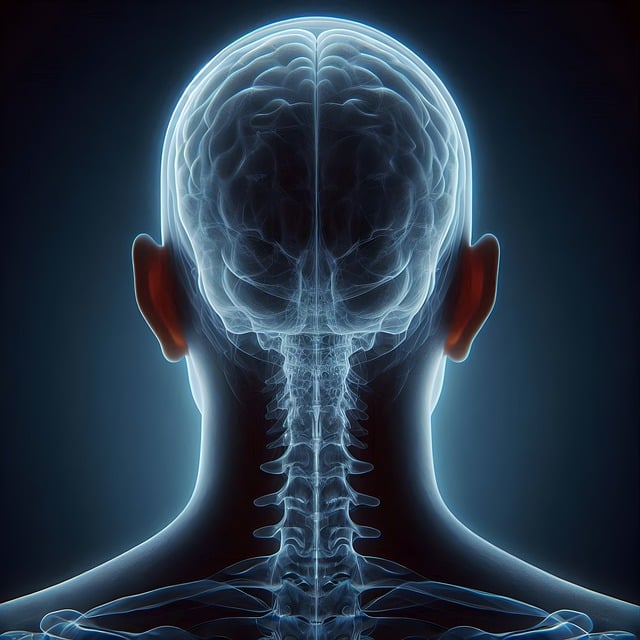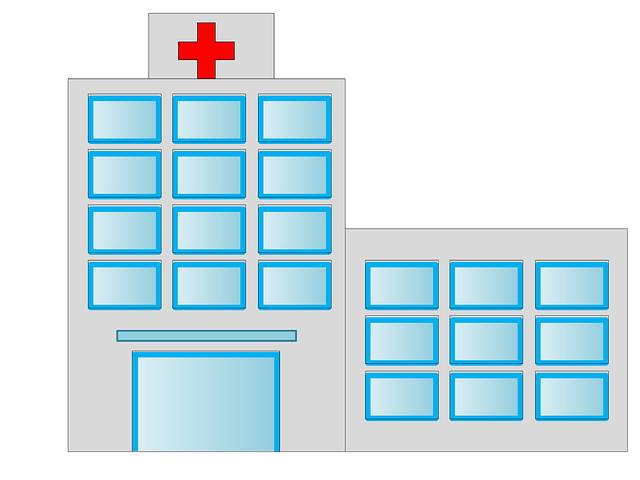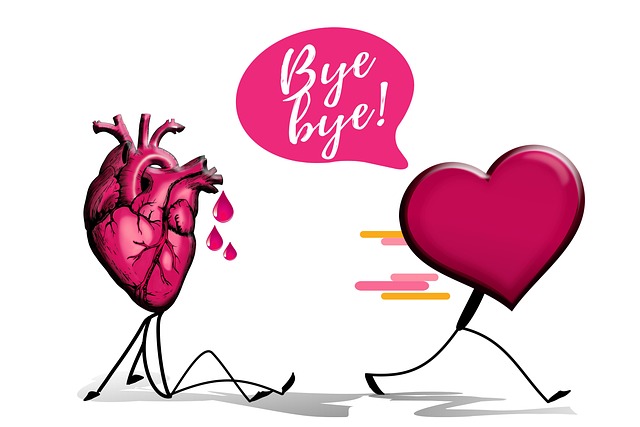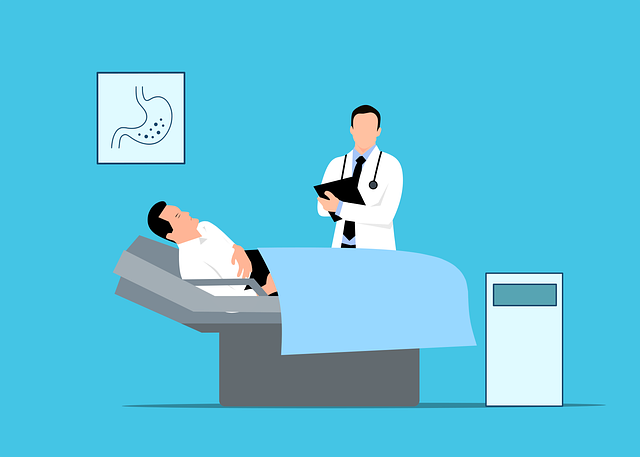Chiropractic care is an effective non-surgical treatment for upper back pain caused by car accidents, focusing on the 12 vertebrae of the thoracic spine. Chiropractors diagnose and adjust the spinal column to relieve pressure on nerves, restore mobility, and promote healing, avoiding extensive medical procedures. Ergonomic practices, physical activity, weight management, safety measures, and vehicle maintenance prevent future thoracic spine injuries.
“Thoracic spine injuries resulting from car crashes can cause significant upper back pain and discomfort. This article delves into the understanding, treatment, and prevention of such injuries. We explore the role of chiropractic care as a non-surgical approach to alleviate post-accident upper back pain. Additionally, it provides insights into rehabilitation strategies for a faster recovery. By understanding these aspects, individuals can take proactive steps in managing and preventing thoracic spine injuries.”
- Understanding Thoracic Spine Injuries in Car Crashes
- Chiropractic Care: A Non-Surgical Approach for Relief
- Rehabilitation and Prevention Strategies Post-Accident
Understanding Thoracic Spine Injuries in Car Crashes

Thoracic spine injuries are a significant concern following car crashes, often causing severe and debilitating pain. The thoracic region, encompassing the 12 vertebrae between the neck and lower back, is particularly vulnerable during high-impact collisions. These injuries can result from direct trauma, compression, or even whiplash, leading to conditions such as fractured ribs, spinal cord compression, or disc herniations.
Chiropractic care plays a crucial role in managing upper back pain stemming from automotive accidents. Chiropractors are trained to diagnose and treat musculoskeletal disorders, including those affecting the thoracic spine. Through manual adjustments, therapy, and patient education, chiropractic care aims to alleviate pain, improve mobility, and expedite recovery for individuals suffering from thoracic spine injuries related to car crashes.
Chiropractic Care: A Non-Surgical Approach for Relief

Chiropractic care offers a non-surgical approach to alleviating thoracic spine injuries resulting from accidents. Chiropractors are trained in diagnosing and adjusting the spinal column, focusing on the upper back region to provide relief for pain and improved mobility. This gentle manipulation can help realign the vertebrae, reducing pressure on nerves and promoting natural healing processes within the body.
Compared to surgical interventions, chiropractic care is often preferred due to its minimal invasiveness and ability to avoid potential risks associated with surgery. It’s a safe and effective option for managing upper back pain stemming from crashes, offering patients a conservative pathway to recovery without the need for extensive medical procedures.
Rehabilitation and Prevention Strategies Post-Accident

Rehabilitation and prevention strategies play a crucial role in managing and recovering from thoracic spine injuries sustained during accidents. Chiropractic care is often a key component in this process, focusing on alleviating upper back pain and restoring mobility. Skilled chiropractors employ various techniques such as spinal adjustments, therapeutic exercises, and manual therapies to reduce inflammation, improve posture, and enhance the patient’s overall well-being.
Prevention measures are equally important to avoid future injuries. This includes adopting ergonomic practices in daily life and at work, engaging in regular physical activities that strengthen core muscles, and maintaining a healthy weight to reduce strain on the spine. Additionally, drivers should prioritize safety by wearing restraints, ensuring vehicle maintenance, and adhering to traffic rules to minimize the risk of accidents and associated thoracic spine injuries.
Thoracic spine injuries following car crashes can significantly impact an individual’s quality of life. Fortunately, with appropriate care and rehabilitation, many patients experience relief and recovery. Chiropractic care, a non-surgical approach, has proven effective in managing upper back pain resulting from accidents. By combining manual adjustments, exercises, and patient education, chiropractors help reduce inflammation, improve mobility, and enhance the healing process. Additionally, adopting preventive strategies, such as maintaining proper posture, using appropriate safety equipment, and staying physically active, can significantly minimize the risk of thoracic spine injuries in future accidents.

